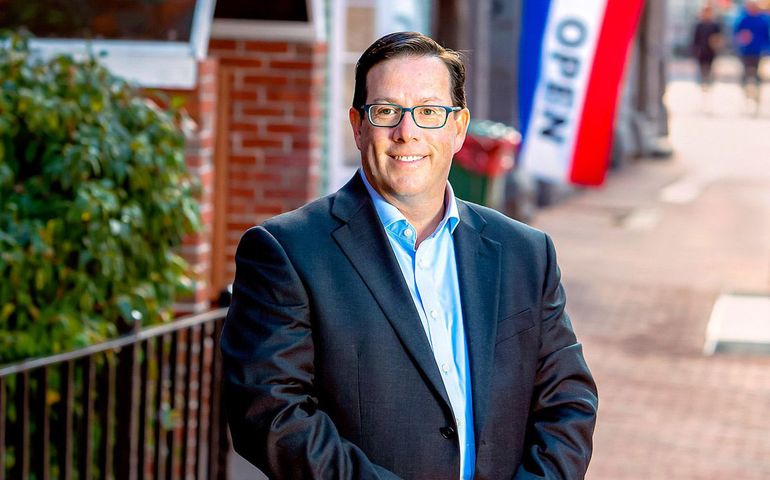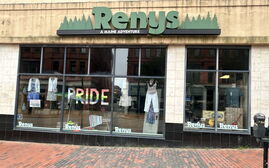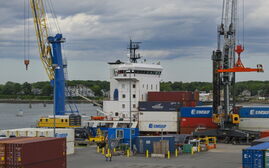Maine mirrors national trends for organized retail crime
 File photo / Tim Greenway
Curtis Picard, Retail Association of Maine.
File photo / Tim Greenway
Curtis Picard, Retail Association of Maine.
More Information
Whether it's the food scene, breweries or views, Maine seems always to be ranked high among national trends.
But it's not all sunshine and roses in the Pine Tree State: Maine is also on target when it comes to organized retail crime.
It's a perpetual problem for the U.S. retail industry and Maine is no exception. Evidence suggests it is growing in both scope and complexity nationwide, according to a recent report from the National Retail Federation.
“Organized retail crime has been a major concern for the retail industry for decades ... disrupting store operations and inflicting billions in financial loss for retailers and the communities they serve,” said NRF President and CEO Matthew Shay.
According to Curtis Picard, president and CEO of the Retail Association of Maine, the state mirrors key findings in the "Organized Retail Crime: An Assessment of a Persistent and Growing Threat," conducted in partnership with K2 Integrity, a global risk advisory firm.
Picard told Mainebiz the illegal practice has increased in Maine along with the price of consumer goods.
"I think we’re seeing an increase as prices have gone up, so there’s a higher value there," he said.
Picard, who has been the head of the Retail Association of Maine since 2007, is tasked with management, marketing and government affairs for the RAM. As part of his job, Picard helps represent the retail merchant industry before elected officials for policy and voting decisions and was before the Maine Legislature on a recent spring day.
Organized retail crime
He is also well-schooled on developments affecting organized retail crime groups, their tactics and techniques for theft and resale.
Organized retail crime rings largely target everyday consumer goods — "which offer a favorable balance between ease of theft, monetary value and ease of resale," according to the report. Only 11% of the ORC groups examined in the report targeted luxury goods.
"We're definitely seeing a similar trend," Picard said. "The bad guys like to grab multiples of things they can try to clear off whole shelves and move. For example at a pharmacy, Crest White Strips and Gillette razors: they're small but at a fairly high price point."
Picard also agreed that, unlike the old days, thieves now utilize the internet to fence goods. About 45% of ORC groups for which fencing information was available used online marketplaces for resale operations, the report said.
"It used to be flea markets and swaps meets," Picard said. "Now it's an emergence of online meeting places."
He said a red flag to indicate goods have been stolen is the description “new in the box, unopened," which "gives the idea it was acquired in an illegal manner."
And, similar to national trends, which showed "significant deficiencies in ... consistent and consolidated data regarding ORC across national, state and local authorities, as well as the retail industry," tracking Maine data is difficult.
Picard said, "It’s hard to track overall loss because it's hard to shut down and recover once it’s been stolen. The closest stakeholders come is "best estimates," he added.
"People think Maine is rural and it can't happen here," Picard said, "but it's close to New Hampshire and Massachusetts and Connecticut. Thieves can hit all those states in one day and steal whatever’s on your list.”
"It's hard to track what the impact is," Picard added.














0 Comments